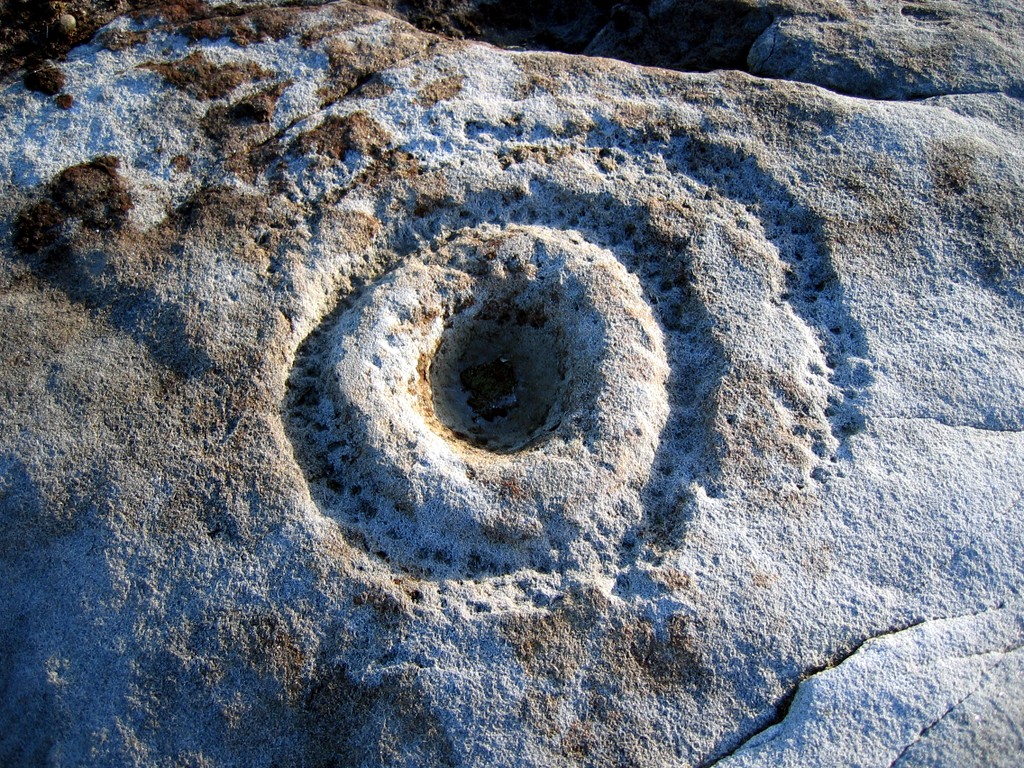Not, you understand, an understanding of prehistoric rock art, which would be a different thing entirely. My conversion has been sudden, and as much emotional as rational, probably more so. Let me try to explain.
These people had the same intelligence and ability as we do today.. Modern genetics has shown that many of the inhabitants of these islands are indeed direct descendants of these earlier people. Emotion, superstition and cultural traditions probably paid much more importance in their lives but are still within us.
Firstly, because of an injury to our booked speaker, I agreed to do an impromptu talk on rock art to this Local History Society meeting on Monday 10th September. After a bit of a break from rock art I had to go back through some of my old material, photos and books.
Secondly, by chance, there was a conference on rock art held as a surprise 80th birthday party for Stan Beckensall held in Queen's Hall Arts Centre in Hexham on Saturday 15 September.
Stan describes this in his book, Northumberland: The Power of Place (2001):
'Places generate feelings: some do this because we have learnt what happened there, some because they are physically striking or beautiful, and others because they have some indefinable attraction or quality.'
Prehistoric rock art has been a very personal journey of discovery. I have tried here to exclude facts (it's getting easier these days) and just follow a gut feeling. Go and sit for a time in quiet refection on Chatton Park Hill, in Kettley Crag rock shelter, on the ridge at Old Bewick, at Routing Lynn, on Weetwood Moor, or in one of the many other magic places you know about, and see what you think. Bereavement makes for powerful emotions. Powerful symbols shared between living and dead carved as a lasting memorial, creating a place to visit, reflect and consult.













 RSS Feed
RSS Feed
